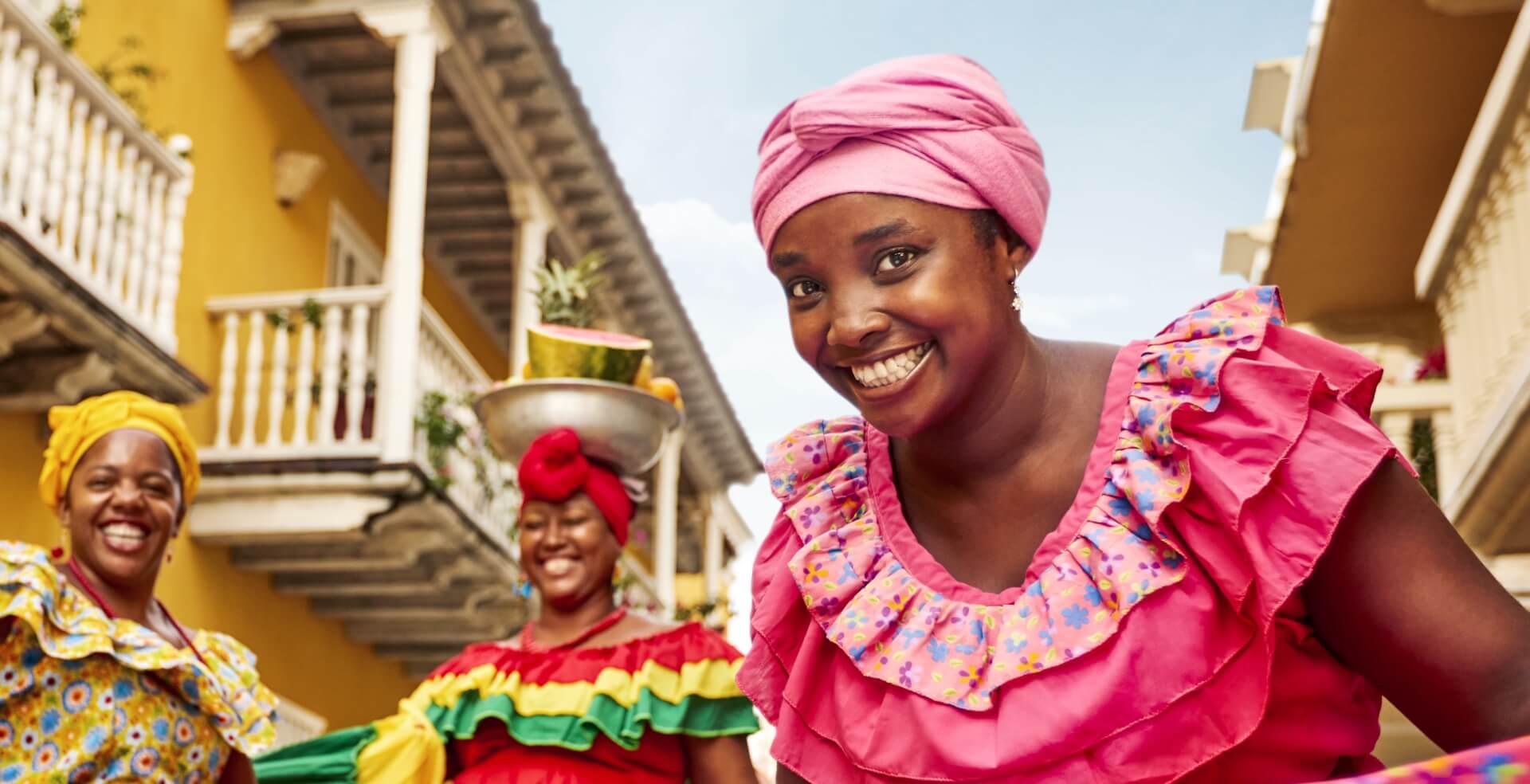COLOMBIA
COLOMBIA


With a yearly rainfall above 10,000 cm³, the 1,300 km long Pacific Coast of Colombia is one of the most humid regions on the planet. To the north, where the Baudó Range drops into the ocean giving shape to bays and coves, the Colombian Pacific rainforest showcases great biodiversity. The southern part, bathed by copious rivers, is generally flatter, except for its cliffs. Beaches are bordered by mangroves in the Colombian Pacific rainforest.
The islands of Gorgona and Gorgonilla are a national natural park just 56 km off the coast and, naturally, fauna and flora sanctuaries. The islet of Malpelo, a huge crag that emerges from the ocean surround by surprising underwater life, is 300 km off the coast. Other great choices, to enjoy calm and peaceful holidays.
Inland, the Pacific Region is just as diverse. The department of Chocó is predominantly made up by rainforest. It has lovely beaches at Bahía Solano and Nuquí, where tourists take delight in natural landscapes, many of them still virgin.Amazing getaway vacations.
This is the place where humpback whales arrive each year to mate, as well as the home of marine turtles. Colombian and foreign tourists flock to the region to observe these species and to enjoy the beautiful symphonies played by the whales with their mating sounds.
Other departments of the Pacific region are:

- The Valle del Cauca, a thriving industrial region, famous for its sugar cane plantations and the best salsa music;
- Cauca and Nariño, which attract visitors with their Andean mountain scenery and religious sanctuaries.
The Colombian Pacific coast region was originally inhabited by various ethnic groups, collectively called “chocóes” by the conquering Spaniards. A few Indian communities remain, but nowadays the majority of the population is Afro-Colombian. The Guambiano and Paez tribes inhabit the mountainous areas of the department.
A country proud of the warmth of its people
Diverse, kind, joyous, and with a great heart. That is Colombia, and its people. Built on diversity, this country has developed with immense cultural wealth revealed in its warmth and welcoming spirit towards visitors, greeting all with a smile. The variety of people and customs offers a place for everyone. The best part of Colombia is, no doubt, its people. What are you waiting to come?











